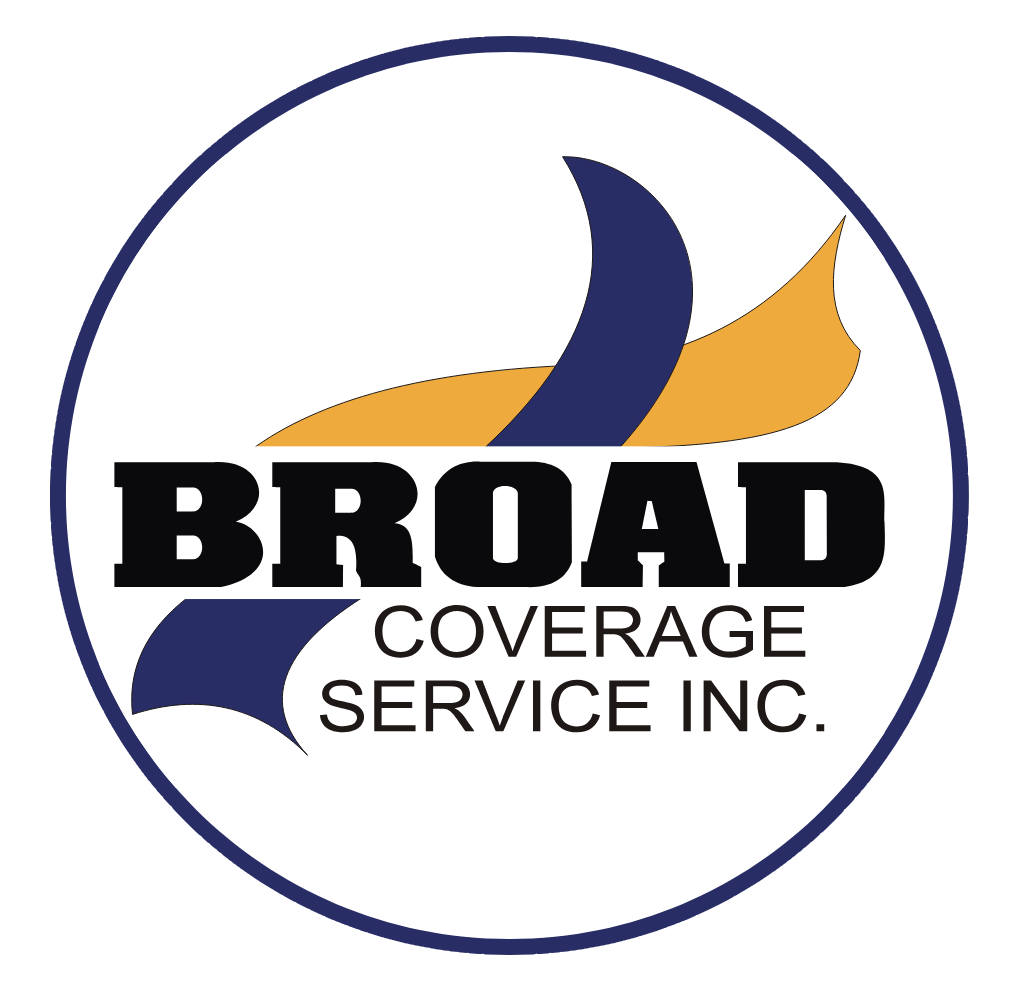The homeowner’s association for a luxury, oceanfront condo tower in Florida recently settled its construction defects lawsuit against the tower’s developer, contractors and architect for $17.5 million. The Regalia on the Ocean Condominium Association in Sunny Isles Beach filed the lawsuit in 2018, alleging construction flaws including improperly-installed pool joints, unsafe steam rooms and problems with sliding glass doors. As part of the settlement, the association will receive a $9.6 million cash payment to cover repairs and an $8.5 million markdown on the purchase and installation of new sliding glass doors for the tower’s 39 units.
Condos in the 46-story building, which is reportedly home to soccer star Lionel Messi, are priced between $7.95 million to $29.9 million. According to the law firm for the association, the insurers of Regalia Beach Developers LLC, Charleville Development Corporation, and architecture firm Arquitectonica, along with some of the subcontractors involved in the project, will be responsible for the settlement payment.
The situation is just one example of the significant costs construction companies and design professionals can face when problems are discovered after the completion of a project. Earlier this year, a New York Times report detailed complaints from residents at 432 Park in Midtown Manhattan. The 1,400-foot luxury tower was built on “Billionaire’s Row” in 2015, and was once the tallest residential building in the world. Claims from residents of the high-rise included elevator malfunctions, millions of dollars in water damage, and creaking walls.
When a company is sued after a project is completed, expenses such as legal defense, repairs and settlement amounts could be covered by Commercial General Liability (CGL) Insurance or Architects and Engineers Professional Liability Insurance.
“With construction-related risks for professionals, it really comes down to whether there was a faulty design and whether damages occurred due to that potential faulty design,” said Tony Abrudeanu, Director, Professional Liability, , Dallas/Ft. Worth, Texas. “Did the contractor follow the design properly, or was it structurally not sound because of the blueprints? There can be a lot of gray area.”
Construction flaws after project completion may bring major expense
Post-construction lawsuits over alleged design flaws are among the costliest issues that can occur in the construction industry, said Nicholas Freeman, Associate Managing Director, Broker, Casualty, skyscraper insurance Dallas, Texas. In many cases, lawsuits are filed years after a project is completed.
“Each state has a different statute of repose, which dictates how long a lawsuit will still be accepted after a project is complete,” Freeman said. “In Texas, for example, the limit is 10 years after a project is complete, meaning someone can file a lawsuit for a construction defect or an injury anytime within those 10 years.”
On May 10, construction company Howard Hughes agreed to pay $116.5 million to the condo association of a luxury, high-rise tower in Hawaii over construction defects that allegedly reduced home values in the complex.1 The company reportedly claims that a Honolulu-based general contractor was ultimately responsible for the flaws in the tower, which was built in 2016, and that it expects to recover its costs.
Lawsuits that allege injuries or property damage were caused by a construction company’s work could be covered under the firm’s CGL Insurance. While CGL Insurance typically covers a specific company and its employees, a broader form of CGL Insurance known as a Wrap policy can extend to anyone who worked on the job site, including subcontractors. These policies typically include coverage for ongoing work as well as completed operations, Freeman said.
“If the policy is written properly, it can cover lawsuits that take place during the construction process, and through the statute of repose afterwards,” he explained.
E&O Insurance essential for construction professionals
In Montreal, Quebec, officials said human error forced the temporary closure of a major bridge on May 20 after the company fixing the structure accidentally damaged 40 reinforcement bars.2 In February, consulting firm CDM Smith agreed to pay $1.75 million to settle claims of breach of contract and professional negligence related to its role in the design and construction of a large, lined pond that was part of a water treatment plant for the Community Services District of Cambria, California.3 The district claimed the pond required repairs, redesign, and modification that cost about $2.5 million.
Construction flaws are attributed to professional mistakes in cases like these, which could be covered by Architects and Engineers Professional Liability Insurance or Design Professional Insurance. In the event of a lawsuit, these policies could help pay for legal defense, medical expenses related to bodily injuries, construction materials to repair the mistake, and other costs.
“When there is a bodily injury or property damage loss and it comes down to a design or blueprint error, the financial loss can add up quite substantially,” Abrudeanu said.
Fixing a professional error can also lead to claims for third-party losses, such as a business that can no longer operate while building repairs are made. “There can be a large financial loss because of this,” he said. “Even if they catch it before an accident happens, there are costs involved with that as well. Who will pay for those additional construction costs? Redoing part of a project can add up quite a bit.”
Professional Liability Insurance should generally be carried by the architect or engineering firms involved in a project, the construction managers, land surveyors, and any design professionals who may be brought into the project. “Usually, it is those who are actually providing the design and the blueprints who need this insurance,” Abrudeanu said. “Professional Liability Insurance helps cover the financial loss that occurs due to negligence or faulty design, and any bodily injuries that result.”
Even though contractual agreements with clients may not require these professionals to carry Architects and Engineers Professional Liability Insurance, it is no less essential than the CGL Insurance or Excess Liability Insurance that contracts may mandate.
“It is not the norm yet,” he said. “However, for a design professional, this is actually their main exposure. If a lawsuit occurs, it is most likely going to be related to the design work. The insurance broker really needs to explain this to them.”
The most common exclusions on E&O Insurance policies are gross negligence and intentional negligence. “It has to basically be an honest mistake,” he said. These policies must also be maintained over the years in order to be in effect if a lawsuit is filed down the line, Abrudeanu pointed out. “There has to be a policy in place when you actually did the work for the client, and it has to be maintained without a gap in coverage year after year. They have to pay careful attention to their retro date, also known as a prior acts date.”
Defense costs usually significant, even when company not at fault
In Malibu, California on May 8, multiple individuals were injured after the balcony of an oceanfront home collapsed4 and caused occupants on the deck to fall to the rocky shore below. While investigators believe the accident may have been caused by too much weight on the balcony, even this type of incident can lead to a lawsuit against the designers or contractors, Freeman said.
“Individuals are often more sympathetic to the claimants, versus the insurance companies, which are known as ‘big business,’” Freeman said, noting that even in cases where the company is not found to be at fault, the defense costs incurred are usually substantial — and may be rising.5 “When you take it to court, you may get a jury that favors you, but you are still paying defense costs along the way.”
Because construction projects often involve many different entities, professionals may be pulled into a lawsuit even though they have no apparent fault. “Sometimes they are just named in a lawsuit because the claimant is pulling in anyone they can, from the beginning to the end of the project,” Abrudeanu said. “You still have to spend money to defend yourself. That happens quite often, and those costs can go up quickly. This is where the insurance policy helps, as well.”
Between legal defense and potential settlement costs, the risk of a loss that is not covered by insurance is often too severe for a company to withstand, Abrudeanu added. “If it is determined that they were negligent in their design and they do not have the extra funds to pay the legal costs and any damages that are awarded by the courts, that could put the business under.”
With this in mind, companies involved in construction should be sure to partner with an experienced insurance broker who specializes in the industry, Freeman encouraged. “Work with an insurance broker you are comfortable with,” he said. “Not every insurance quote or policy is created equally, and some that may seem great on paper might not be worth the paper they are written on. When you are spending your company’s hard-earned money, you need to know what you are buying.”
Sources
1Jeffrey, Jeff. "Howard Hughes Corp. to pay $116.5M to repair construction defects at Honolulu condo development." Houston Business Journal, May 12, 2021. 2The Canadian Press. “UPDATE: Human error during construction led to sudden closure of major Montreal bridge.” Daily Commercial News, May 21, 2021. 3Tanner, Kathe. “Cambria CSD wins $1.75 million settlement in lawsuit over water treatment plant.” The Tribune, February 16, 2021. 4KABC. “Video shows moment crowded Malibu balcony collapses, injuring 9.” ABC 7, May 13, 2021. 5Maloney, Andrew. "Rate Pressure and Rising Expenses Are Expected to Challenge Firms in 2021." The American Lawyer, January 15, 2021.








